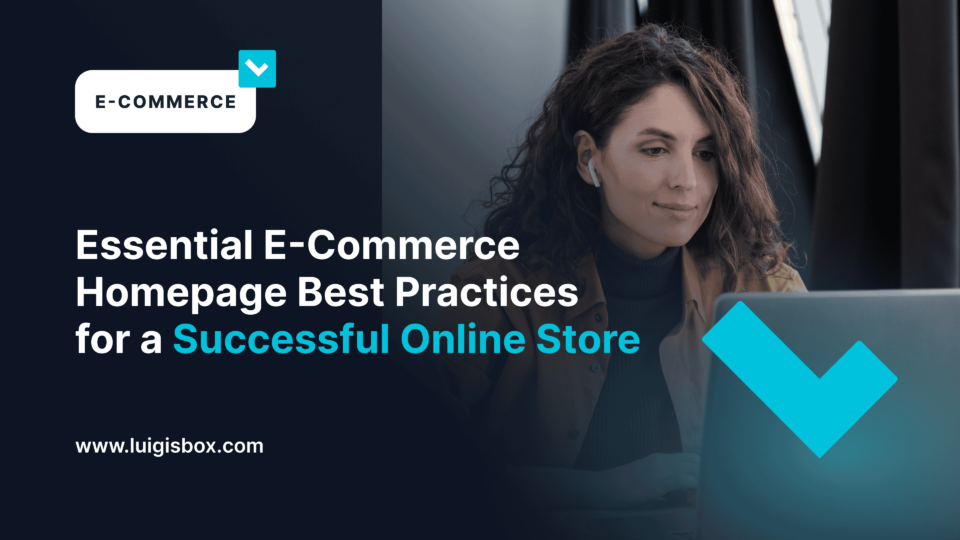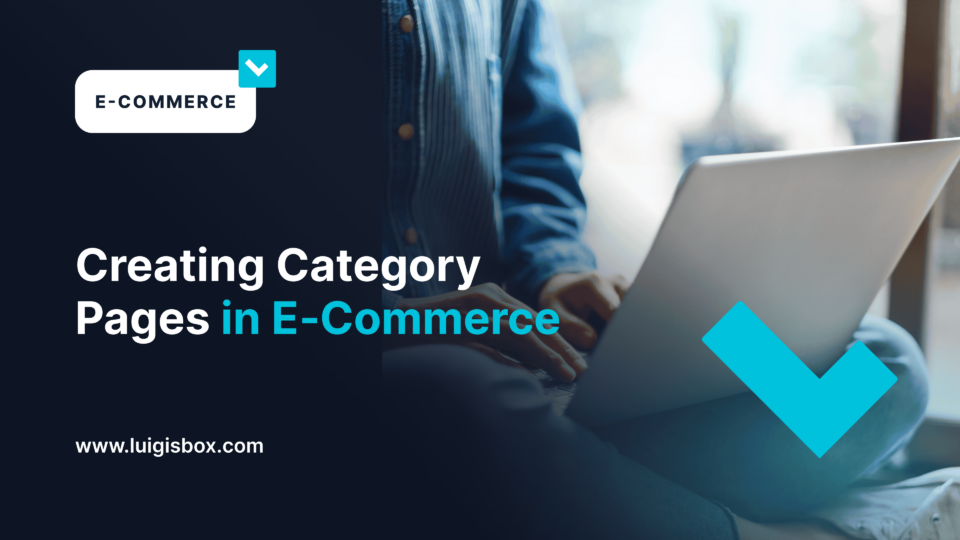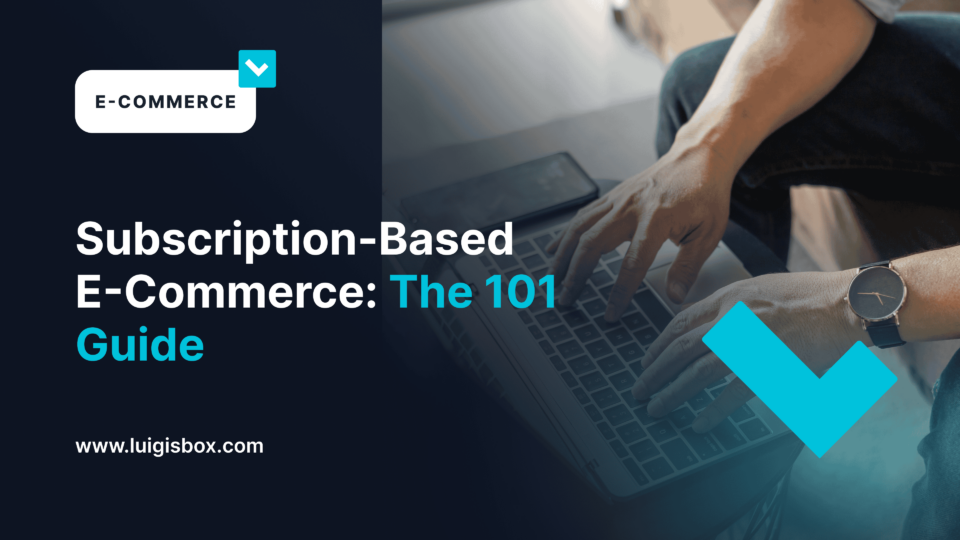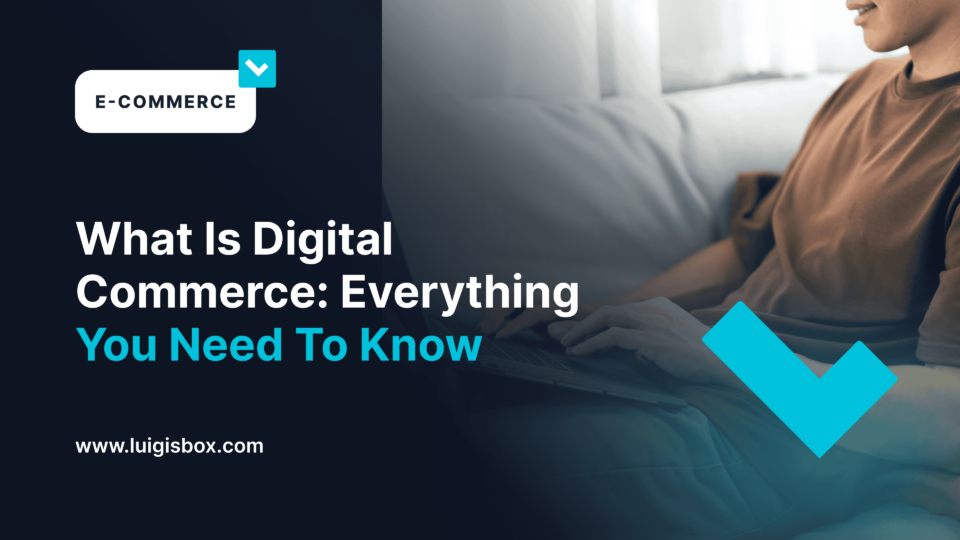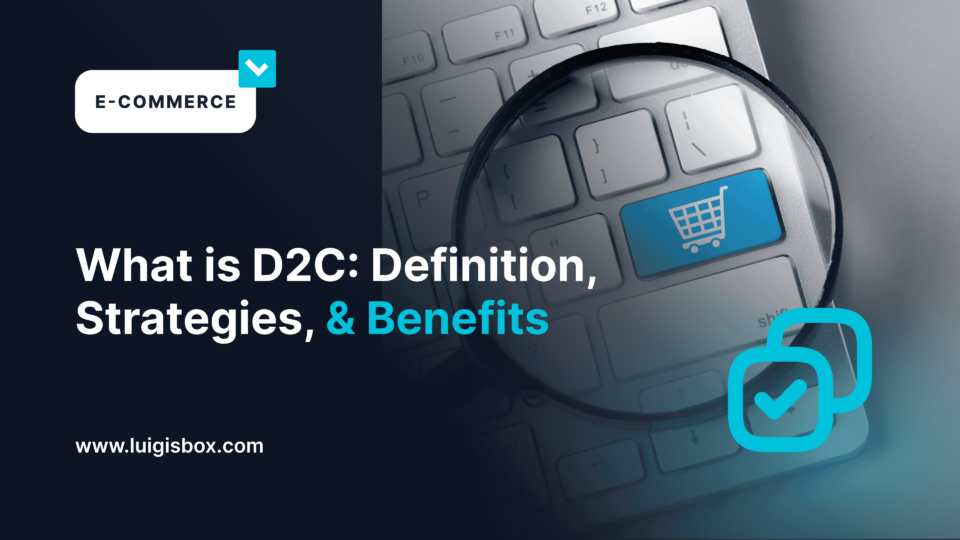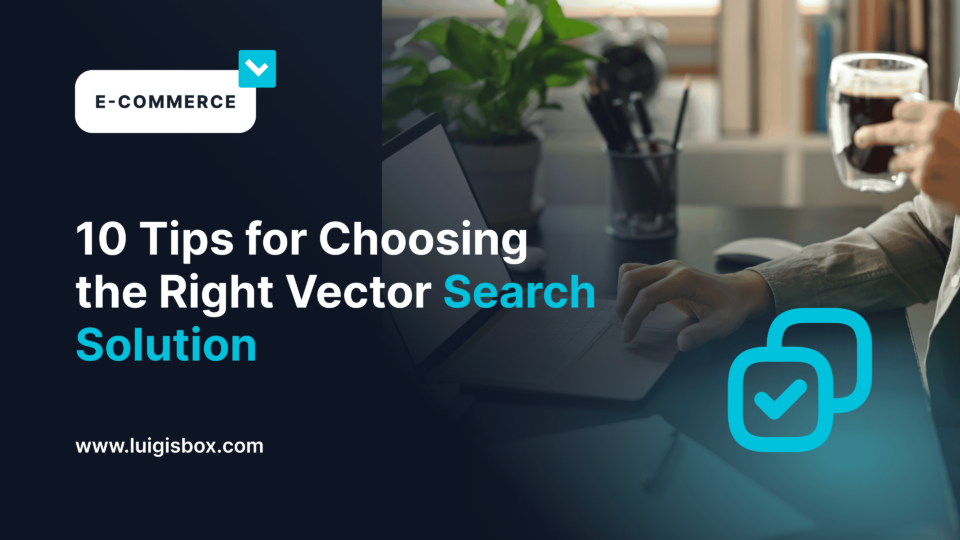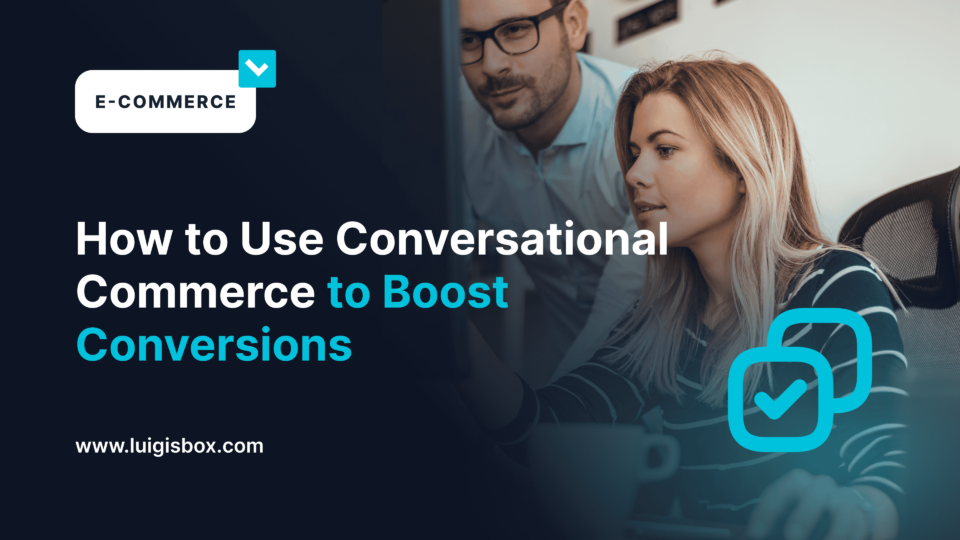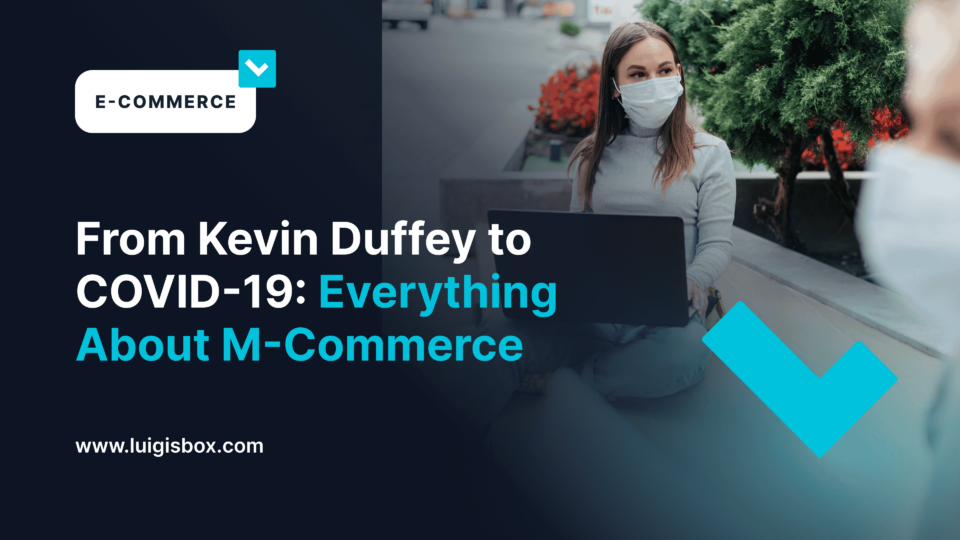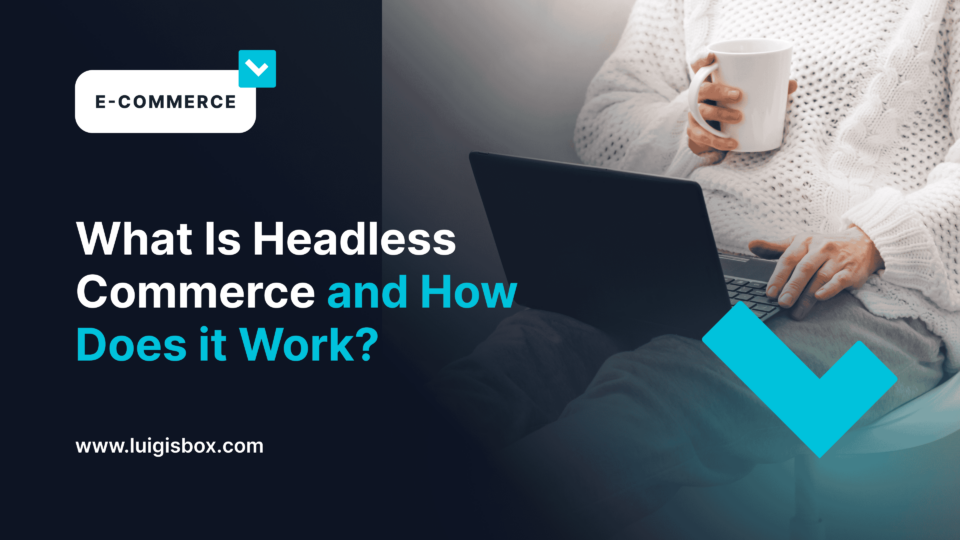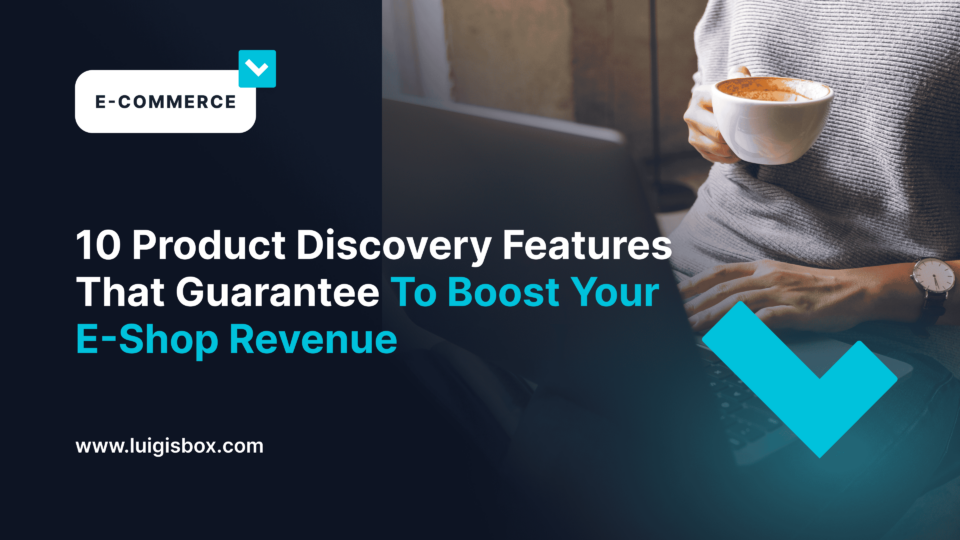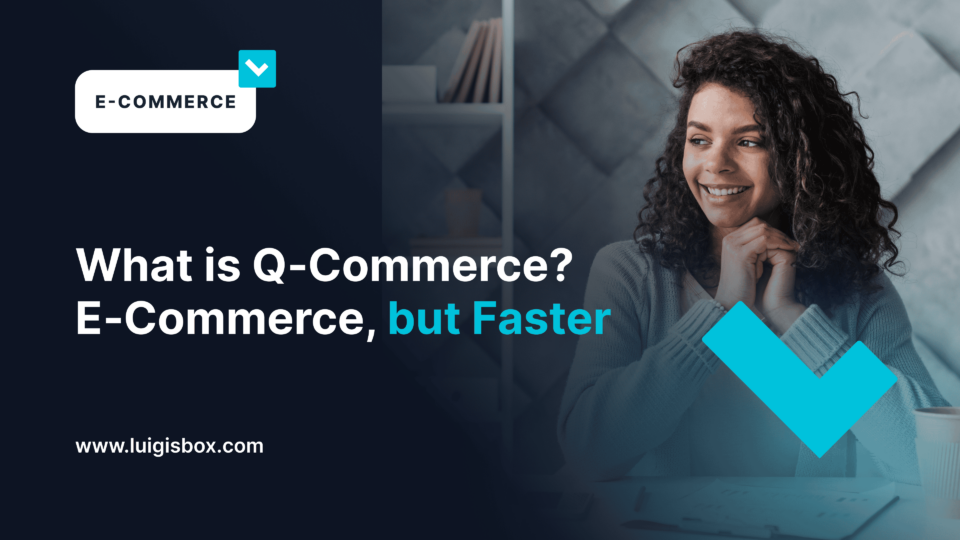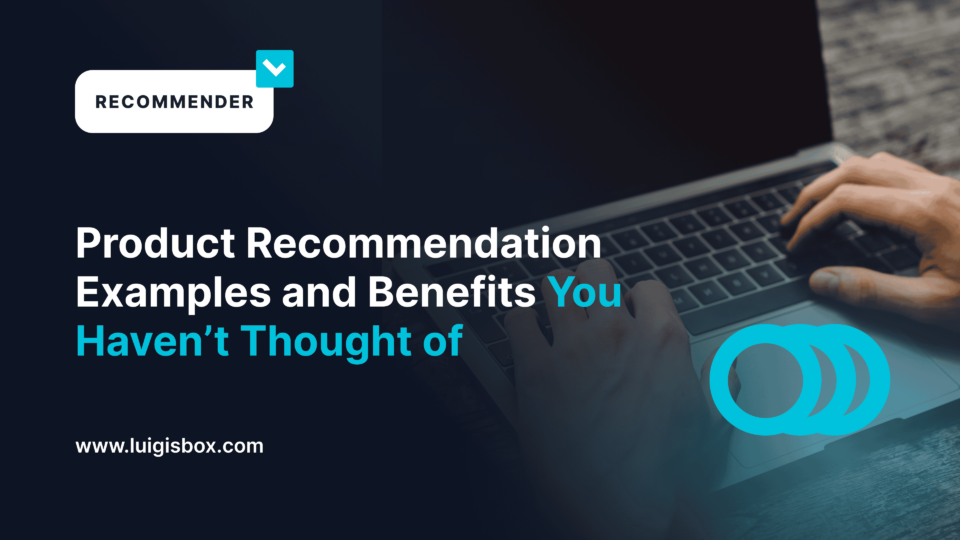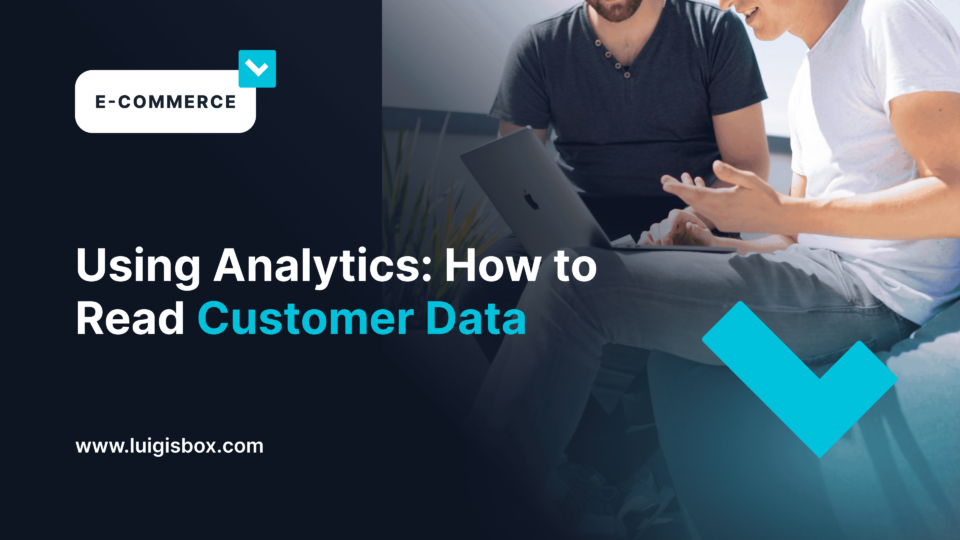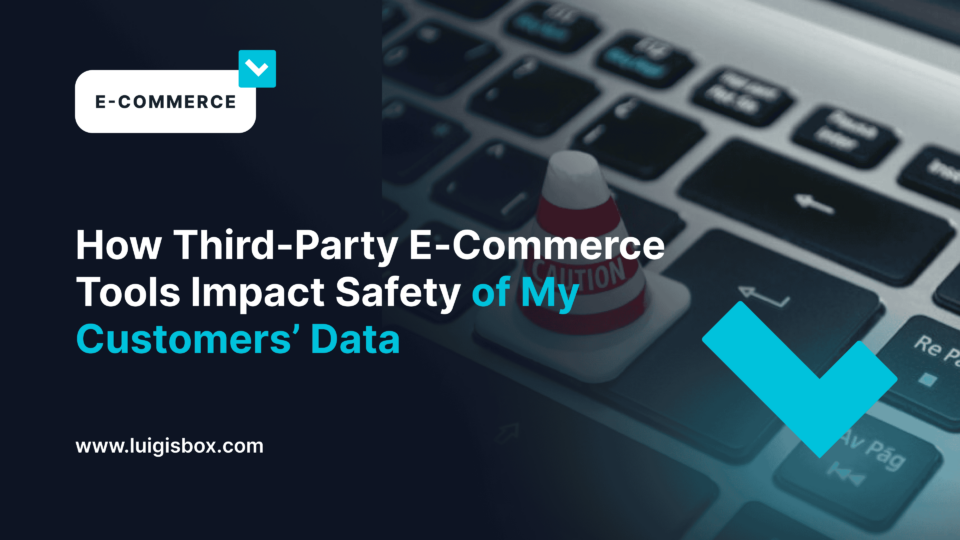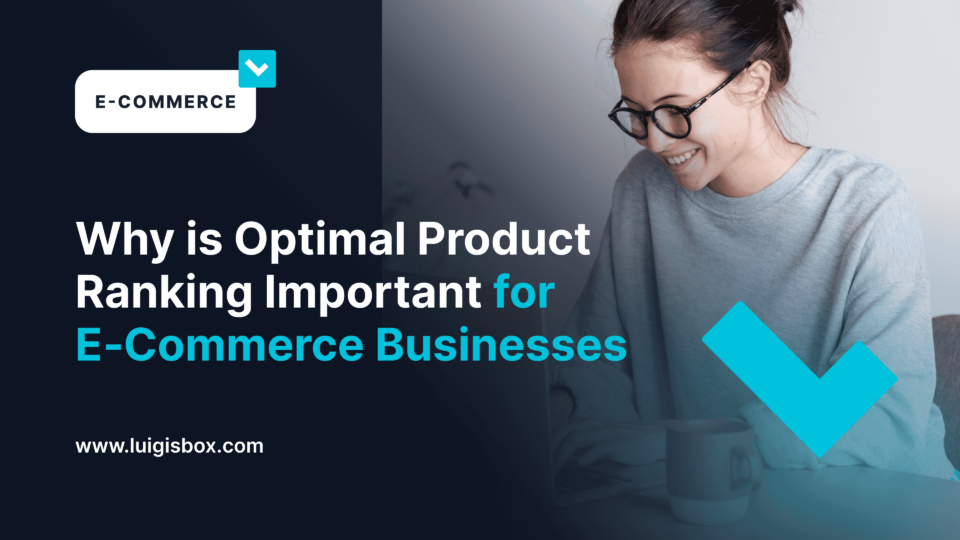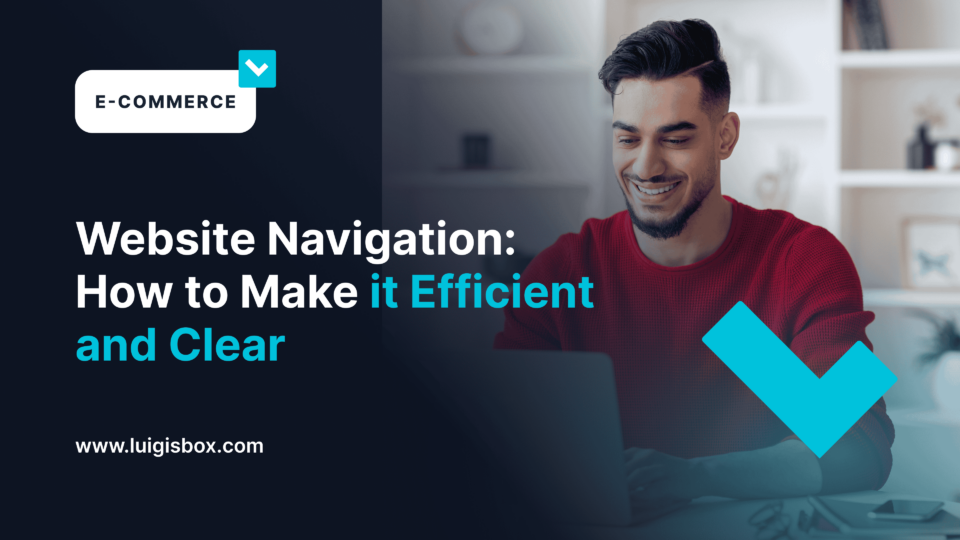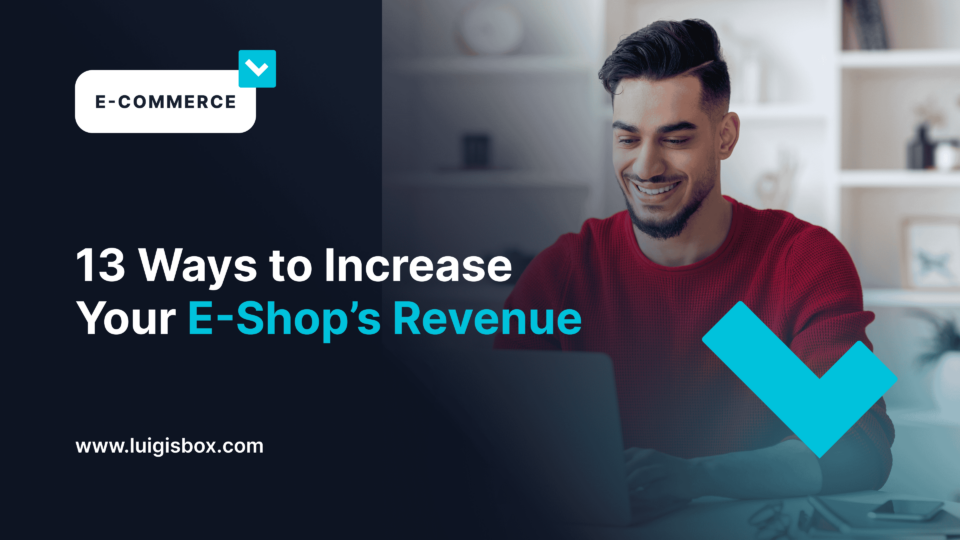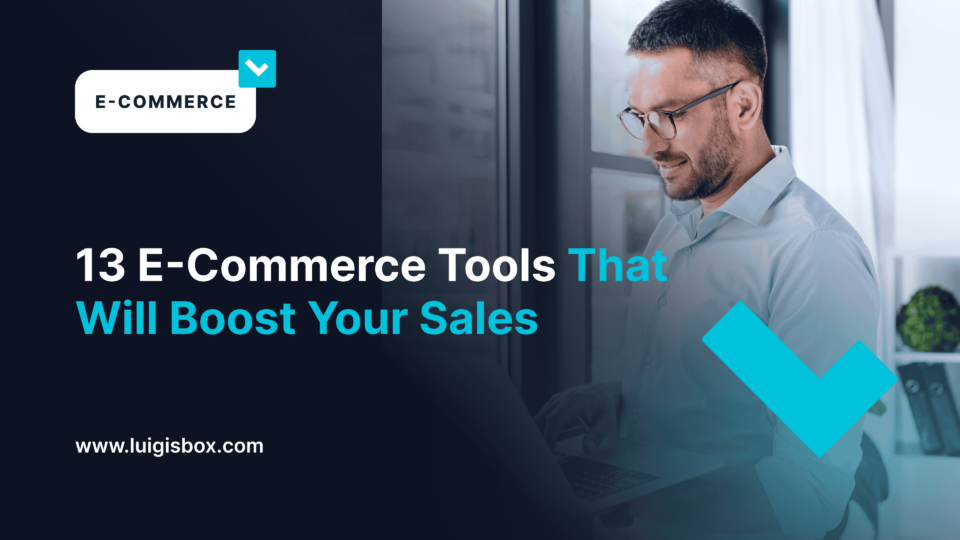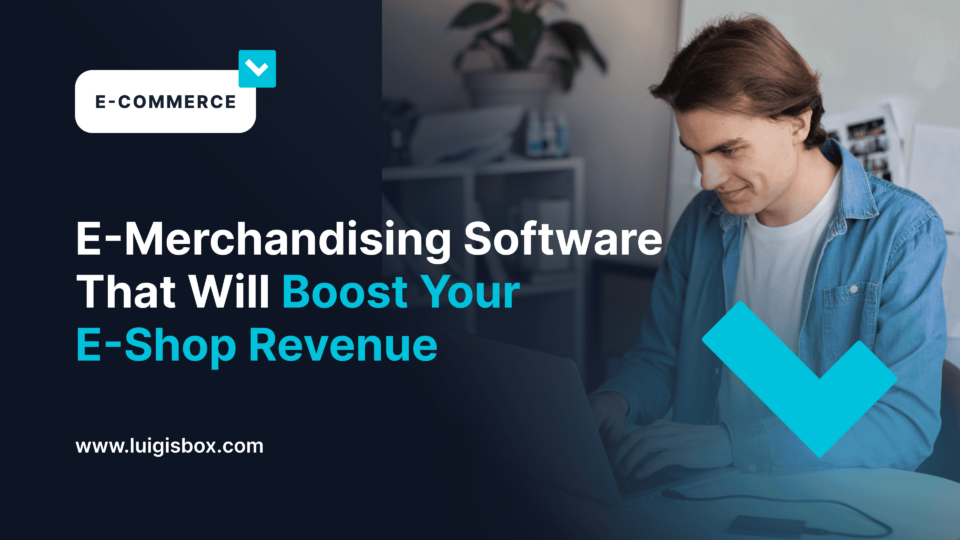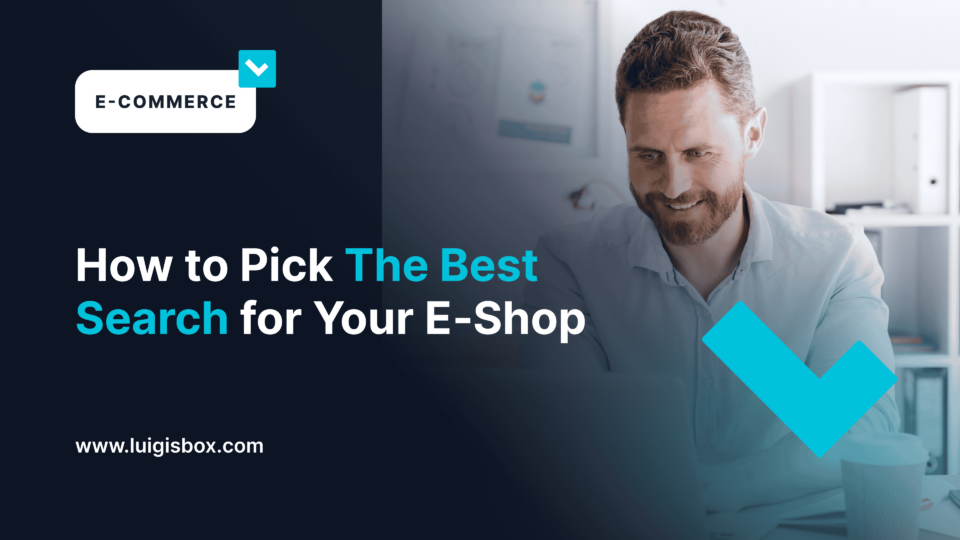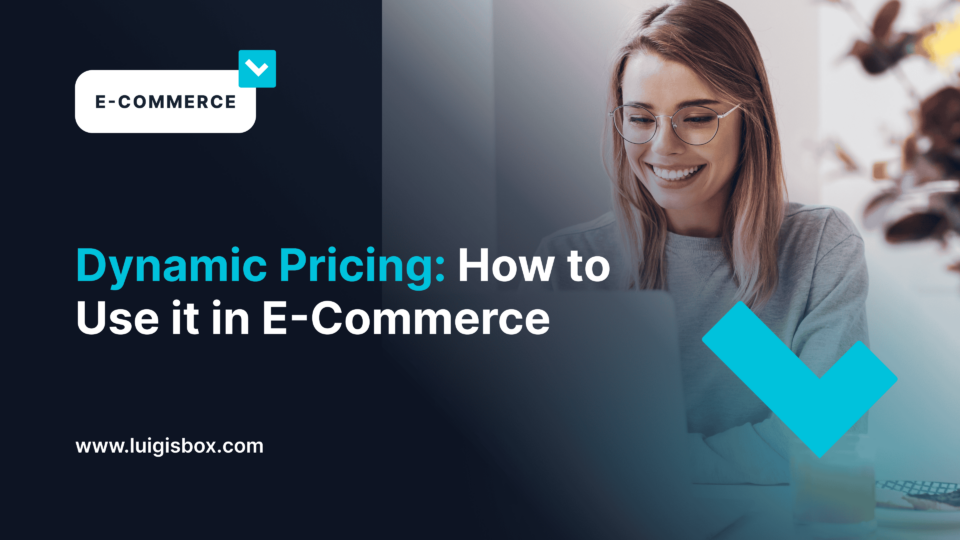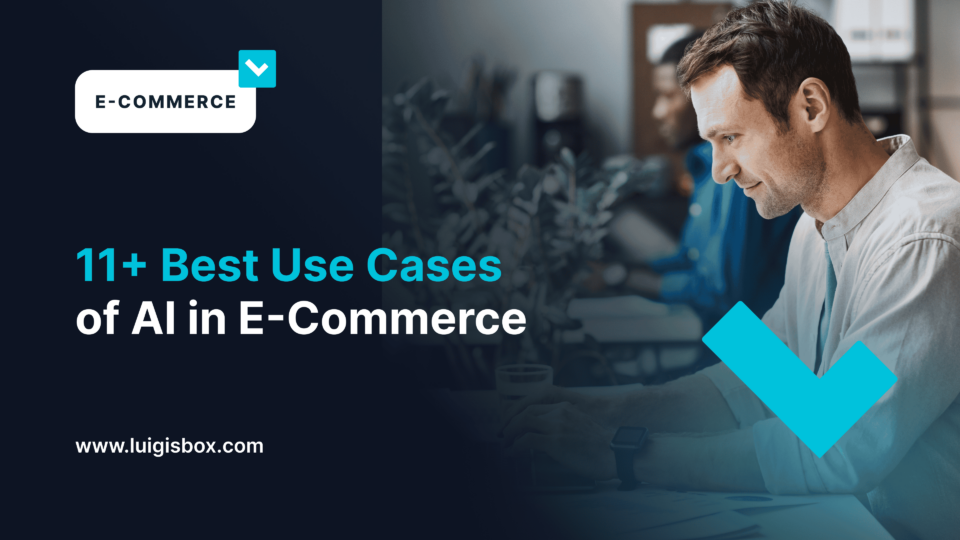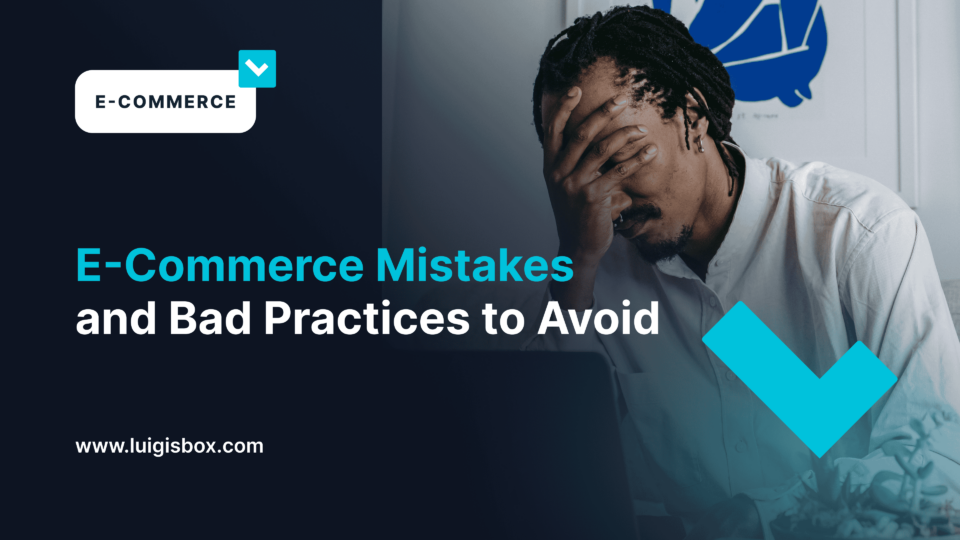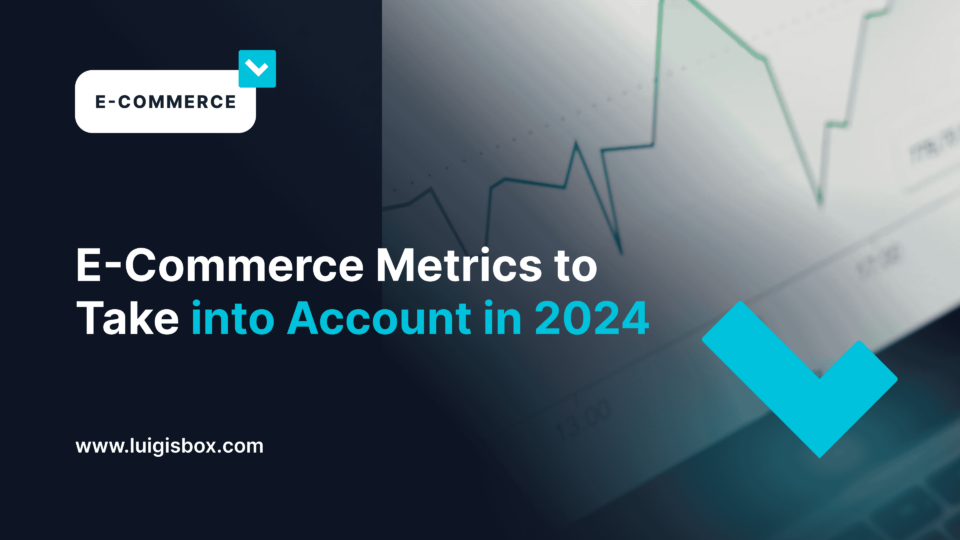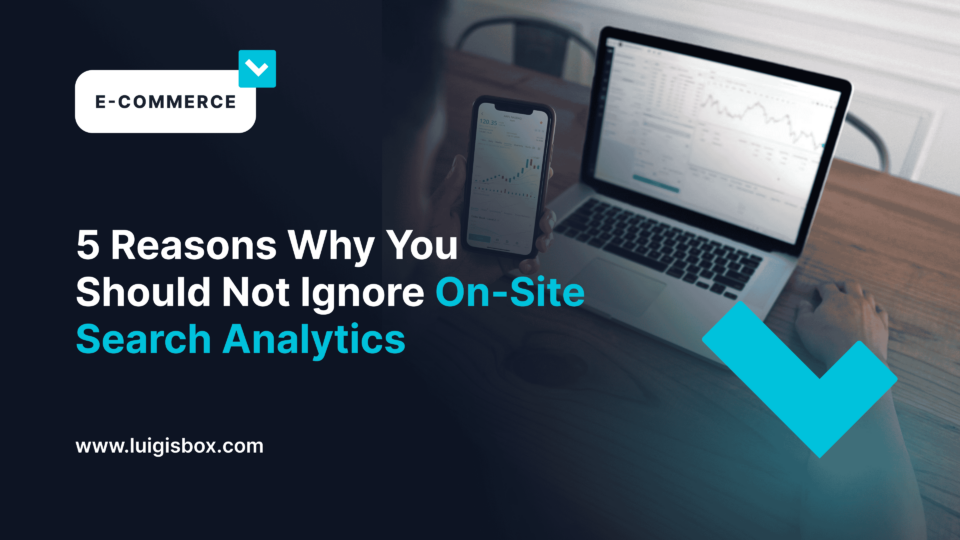- Why is a homepage important for e-commerce retailers?
- E-commerce homepage best practices for online retailers
- 1. Understand your audience and highlight product categories
- 2. Optimize conversion rates with a clear call-to-action
- 3. Mobile-friendly design for a seamless mobile user experience
- 4. Harness the power of social proof
- 5. Streamline navigation with an intuitive navigation bar
- 6. Empower users with a robust and innovative site search
- 7. Optimize user experience for faster purchase decisions
- 8. Ensure secure transactions with a trustworthy payment system
- 9. Leverage the power of user-generated content
- Conclusion
- Frequently asked questions
Designing an effective e-commerce home page is crucial for creating a positive user experience, attracting potential customers, and maximizing conversion rates. The home page serves as the virtual storefront of an online store, and it plays a significant role in influencing purchase decisions. This article will explore the best practices for e-commerce home page design, considering factors such as user experience, mobile responsiveness, navigation, social proof, and more.
Why is a homepage important for e-commerce retailers?
An e-commerce homepage is a crucial component of any e-commerce website, serving as the virtual storefront and significantly impacting your online store’s success. It holds great importance for several reasons. With 20.8% of purchases expected to be from an online retailer in 2023 and an estimated 24% by 2026, e-commerce is growing quickly, and customers are becoming increasingly tech-savvy. A well-designed home page creates a great first impression and encourages potential customers to explore your store further – ultimately increasing conversion rates.
The user experience (UX) should be the primary consideration when optimizing an e-commerce home page. This includes navigation, loading times, layout, and content features. Users should be able to easily find the information they need on your home page without being overwhelmed with too much information or confusing menus. Additionally, ensure your page loads quickly, as customers tend to abandon pages if loading times are slow.
First and foremost, the homepage creates the first impression for visitors to your online store. It sets the tone for the entire shopping experience and can either captivate or deter potential customers. A well-designed and engaging homepage has the power to capture visitors’ attention, pique their curiosity, and entice them to explore further.
In addition to creating a positive first impression, the homepage acts as a navigation hub. It provides users with an overview of your product offerings and helps them easily find the relevant categories and products they are looking for. By having intuitive and user-friendly navigation on the homepage, you enhance the overall shopping experience, making it easier for visitors to find what they need and encouraging them to stay on your site.
The homepage also plays a critical role in conversion optimization. Through strategic placement of prominent call-to-action buttons, showcasing popular products, and leveraging social proof such as customer reviews and testimonials, you can influence visitors to take the desired actions, whether it’s making a purchase, subscribing to a newsletter, or engaging in any other conversion goal you have set.

With an e-commerce store, your home page is an opportunity to establish and reinforce your brand identity. It allows you to communicate your brand values, showcase your unique selling proposition, and build trust with potential customers. Incorporating elements like customer reviews, testimonials, and trust badges on the homepage enhances credibility and establishes a connection with your audience.
Given the increasing use of mobile devices for online shopping, having a mobile-friendly homepage is crucial. It ensures that visitors can easily navigate and interact with your online store, regardless of the device they are using. A responsive design and optimized user experience on mobile devices are essential to meet the expectations of mobile shoppers and provide a seamless browsing and purchasing experience.
Optimizing your homepage for search engines is vital for driving organic traffic to your online store. The homepage often ranks high in search engine results, especially for branded keywords. By implementing relevant keywords, meta tags, and descriptive content on your homepage, you improve search engine visibility and increase the chances of attracting potential customers through search queries.
E-commerce homepage best practices for online retailers
Optimizing your e-commerce homepage is crucial for attracting potential customers, increasing conversion rates, and providing a positive user experience. To improve your homepage, you should conduct market research to understand your target audience’s preferences, needs, and shopping behaviors. This information allows you to customize your homepage content and design to meet their expectations.
You should also simplify navigation on your homepage and provide a clear and intuitive navigation bar. This will help visitors easily locate product categories, featured products, and other important pages. Additionally, consider using drop-down or mega menus to accommodate a larger product range and make navigation more efficient.
To increase conversions on your website, consider showcasing popular products on your homepage with attractive visuals and persuasive copy. It creates a sense of urgency and encourages visitors to explore further. Also, optimize your product images by choosing high-quality ones that accurately represent your offerings. Use concise and compelling product descriptions to highlight key features, benefits, and unique selling points. Don’t forget to optimize image sizes to improve page load time. Here are some key steps to optimize your e-commerce homepage:
1. Understand your audience and highlight product categories
To cater to your potential customers effectively, it is essential to understand their needs and preferences. Categorize your products in a clear and intuitive manner, making it easy for visitors to find what they are looking for. Utilize visually appealing product blocks or tiles on the home page, allowing users to navigate directly to the desired category with a single click.
Luigi’s Box allows you to offer each customer a unique customized experience while promoting products that align with your business objectives. You can select which products you want to showcase and feature them in various areas such as search, recommenders, and product listings.
2. Optimize conversion rates with a clear call-to-action
The primary goal of your e-commerce home page is to drive conversions. To achieve this, ensure that your call-to-action (CTA) buttons are prominently displayed and clearly convey the desired action. For example, use phrases like “Shop Now,” “Add to Cart,” or “Learn More” to guide visitors toward making a purchase.
Improve your homepage with Luigi's Box
Our products always fit any homepage naturally and without disrupting the flow. Enrich your homepage with great search, and tailor-made product recommendations today!
3. Mobile-friendly design for a seamless mobile user experience
Optimizing your e-commerce home page for mobile devices is no longer optional with the increasing number of mobile users. Adopt a responsive design approach, where the layout and content adapt to different screen sizes. Mobile users should be able to navigate, view products, and make purchases easily, ensuring a seamless experience across all devices.
Luigi’s Box Recommender uses AI to provide personalized product suggestions on your website based on visitors’ preferences and past behavior. You can place the recommender boxes anywhere on your site, and they will seamlessly blend in with your e-commerce platform. Using this tool, you can improve user experience by suggesting relevant products similar to those they have previously viewed.
4. Harness the power of social proof
Social proof plays a crucial role in building customer confidence and driving conversions. Showcase customer reviews from Google or Yotpo, ratings, testimonials, and social media mentions prominently on your home page. Additionally, highlight popular products or featured products to demonstrate credibility and create a sense of urgency.
No. 1 E‑Commerce Search Software in Europe
5. Streamline navigation with an intuitive navigation bar
A well-designed navigation bar is key to a positive user experience. Ensure your navigation bar is clearly visible, easy to use, and provides intuitive options to access different product categories and pages. Consider implementing drop-down menus or mega menus to accommodate a larger product range.
6. Empower users with a robust and innovative site search
Including a search bar on your e-commerce home page allows users to quickly find specific products or browse through your inventory. Implement autocomplete features to suggest products as users type, enhancing convenience and saving time. Make the search bar prominent and easily accessible to facilitate a seamless shopping experience.
Increase your website’s conversion rate by over 35% with Luigi’s Box Search AI-powered site search. This search feature helps customers easily find what they are looking for and provides personalized results based on their search intent. With features like autocomplete and voice search, Luigi’s Box Search helps create a more engaging and effective user experience.
7. Optimize user experience for faster purchase decisions
Reduce cognitive load and simplify the purchasing process to enhance the user experience. Display clear product images, concise product descriptions, pricing information, and any relevant promotions or discounts. Provide essential details such as product availability, shipping information, and return policies to build trust and eliminate doubts.
Luigi’s Box Analytics can help you understand your customers’ search behavior and provide insights into what they are looking for, what they have trouble finding, and how to enhance their search experience. It also helps identify the ways your customers search for your content, including common typos, niche queries, and query reformulations.
8. Ensure secure transactions with a trustworthy payment system
To instill confidence in potential customers, clearly communicate the security measures in place, especially during the checkout process. Mention accepted payment methods, secure credit card processing, and encryption protocols. Display trust badges or security seals to assure customers that their information is safe.
9. Leverage the power of user-generated content
Integrate user-generated content on your e-commerce home page to foster engagement and trust. Display customer reviews, testimonials, or images of satisfied customers using your products. User-generated content not only adds authenticity but also encourages prospective customers to purchase.
Conclusion
Designing an effective e-commerce home page requires careful consideration of various elements, such as navigation, user experience, mobile responsiveness, social proof, and conversion optimization. By implementing the best practices discussed in this article, you can create an engaging and user-friendly e-commerce home page that attracts potential customers, encourages conversions, and sets the stage for a successful online store. Remember to continuously analyze user behavior, adapt to changing trends, and refine your home page based on customer feedback to stay ahead in the competitive e-commerce landscape.
Frequently asked questions
How can I improve my e-commerce home page's load time?
Optimize image sizes, minify CSS and JavaScript files, and leverage caching techniques. You can use tools like PageSpeed Insights to identify areas for improvement.
How can I design a personalized experience for my customers?
Utilize customer data and purchase history to provide personalized product recommendations or create tailored promotions based on their preferences and previous interactions.
What is the visual hierarchy on an e-commerce homepage?
Visual hierarchy refers to the arrangement and presentation of elements on an e-commerce homepage in a way that guides the user’s attention and prioritizes information. It involves using visual cues such as size, color, contrast, and positioning to create a clear hierarchy of importance.
By strategically placing key elements like product images, headlines, and calls-to-action, visual hierarchy ensures that users can quickly understand the most important information and navigate the homepage effectively.
How long does it take to build an e-commerce website?
The time required to build an e-commerce website varies depending on several factors, such as complexity, customization, and the project size. On average, a basic e-commerce website can take anywhere from a few weeks to a couple of months to develop.
More complex websites with extensive features, integrations, and customizations may take several months or even longer. It’s important to consider the planning, design, development, content creation, and testing phases when estimating the time required for building an e-commerce website.
What are the major components of web design?
Web design encompasses various components that work together to create an engaging and functional website. These components include:
- Layout and Structure: The arrangement of web page elements, including headers, content sections, sidebars, and footers.
- Typography: The selection of fonts, sizes, and spacing enhances readability and conveys the brand’s tone.
- Color Palette: The choice of colors creates visual appeal, reinforces branding, and guides user attention.
- Imagery and Graphics: High-quality images, icons, and other visual elements enhance the website’s aesthetics and convey information.
- Navigation: The design of menus, links, and other navigational elements to facilitate easy and intuitive browsing.
Alex is a wordsmith for Luigi's Box where he works as a product marketing specialist. He used to work as a graphic designer while getting his degree in Media Communication. His other interests include photography, reading, art, philosophy, and psychology. Besides being a part of the Luigi's Box team, he does video translations for the Art You Can Eat video portal about contemporary artists from Slovakia.
More blog posts from this author